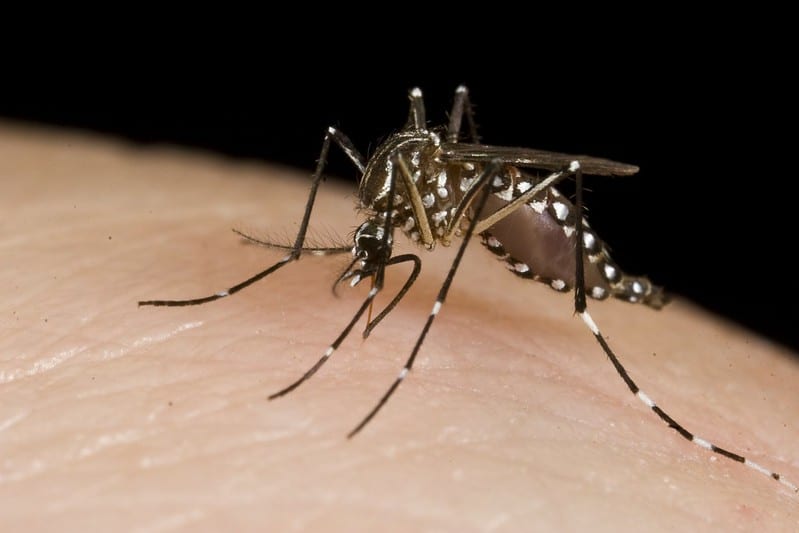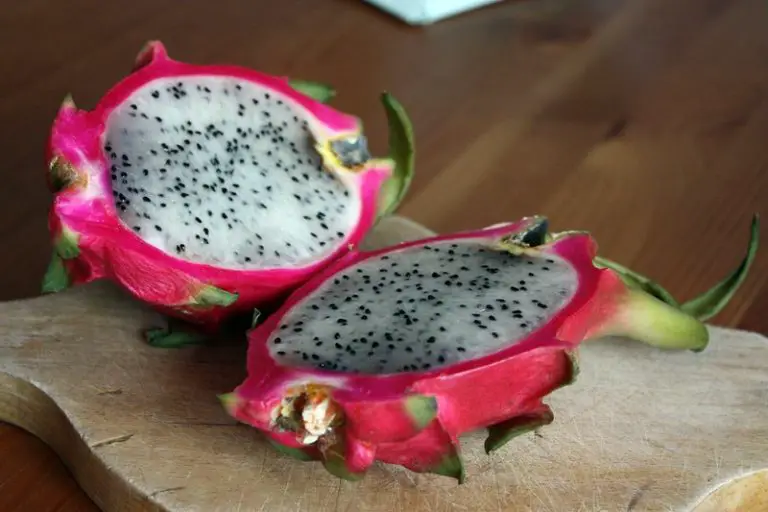Tips For Avoid Getting Sick In The Dominican Republic And Punta Cana

Imagine saving for a whole year to make a trip and take a well-deserved vacation, take a long time planning the activities to be done and places to visit, but when you finally arrive at the expected destination you get sick, everything is suddenly ruined.
A disease during a trip is one nightmare of any traveler and something to which it is inevitably exposed because of multiple factors, there are risk factors for diseases that we cannot control and others that can be avoided by taking proper precautions.
On this subject, I will give some tips to avoid getting sick on your trip to the Dominican Republic and Punta Cana.
Contents
Tips for Avoid getting sick on your trip to the Dominican Republic and Punta Cana
Many of these tips may seem redundant and common sense, but the truth is that there are still people who ignore them, the fundamental problem of travel sickness is almost always stomach.
Whether from stomach infection or traveler’s diarrhea, I had previous experiences of traveling to South America where I almost ruined the experience of being careless when eating, I have learned the lesson.
Most of the tips I can give you are a compilation of personal experiences and experiences of other tourists.
- Avoid visiting low-income areas and neighborhoods of the capital Santo Domingo and border areas with Haiti, if you do, be extremely careful in the consumption of water and food.
- Don’t Drink Tap Water, when you’re in the shower try to keep your mouth shut.
- Wash your hands every time before eating.
- Try to eat fruits that can be peeled, and always wash the fruits with bottled water before eating them.
- Don’t brush your teeth with tap water.
- Drink plenty of water to avoid dehydration.
- Take medicine for stomach upset every day, such as Pepto-Bismol.
- Be careful eating raw green salads and uncooked foods.
- Be careful with drinks that contain coconut, coconut is a natural laxative.
- Bring a couple of the best pills you can find locally to control diarrhea.
- Do not trust the stray dogs or give them food, a bite could infect you with rage.
- Avoid street food.
- Use mosquito repellent and clothing that protects you from bites.
- Avoid direct sun exposure for excessive periods of time to avoid sun poisoning.
Avoid drinking seawater in the Dominican Republic
If you visit the Dominican Republic, most likely you will enjoy swimming on its beautiful beaches, you should be careful not to drink seawater, this could cause vomiting and gastrointestinal problems.
if you come with children, instruct them not to drink the seawater as well.
The seawater is not purified, it is likely to be contaminated with germs or bacteria that may cause gastrointestinal problems.
The salinity allowed in our body is 9, which represents the amount of salt in our body fluids. Every 1000 grams of fluid, 9 are salt and 991 are water. These fluids are considered isotonic, while seawater is hypertonic because it contains more salt than human blood and its salinity is 35.
The high concentration of salt in seawater means that when we drink it, our kidneys are activated to filter and eliminate excess sodium through urine.
This means that in the end, you lose more water than you could have drunk, with the risk of dehydration that this entails.
In addition to germs and bacteria, seawater is also often contaminated by multiple compounds such as the remains of creams and sunscreens.
Factors to consider before making your trip to the Dominican Republic
Four major traits of diseases are very common for tourists visiting tropical countries, travelers with fever, travelers with diarrhea, those with respiratory problems, and finally those with skin problems.
Knowing this, you must know precisely your travel route, to which city of the Dominican Republic you are heading, tropical diseases vary depending on the area of the country that is visited.
It is very important to know also the time of the year in which you travel, if it is a rainy or dry season, in rainy times, the proliferation of mosquitoes is increased and therefore the risks of contracting a disease by mosquito bites.
What diseases are common in the Dominican Republic?
In the Dominican Republic, there are common diseases, others not so common and others prevalent, it is very important that you have a concept of all diseases and the risk of contraction even if it is minimal.
Vector-borne diseases in the Dominican Republic
The island status of the Dominican Republic, including its warm climate, makes it a target of tropical diseases, especially those transmitted by mosquito bites (Vector-borne diseases). This is the case with Dengue, Zika virus, Chikungunya and Malaria, which are the ones with the most cases.
Cholera and lymphatic filariasis or elephantiasis are other tropical diseases with the highest incidence in the country, for the Cholera, the cumulative incidence for this disease in the Dominican Republic is 0.22 per 100,000 inhabitants.
Filariasis is very common in the southern part of the Dominican Republic and some neighborhoods of Santo Domingo. According to the World Health Organization (WHO / PAHO) it is a human infection caused by the transmission of parasites called filarias, through mosquitoes.
Filariasis is not an epidemic disease and does not cause outbreaks of every thousand infected people one could develop the disease.
In the Dominican Republic, Dengue is endemic and It occurs with greater intensity between the months of June and October, rainy season, the dengue It is caused by a virus transmitted by Aedes carrier mosquitoes such as Aedes aegypti.
The infection causes influenza syndromes and sometimes evolves into a life-threatening condition, called severe dengue or hemorrhagic dengue.
Malaria is endemic in the country and the agent Causal in all cases is Plasmodium falciparum, sensitive to chloroquine treatment. The cases are recorded predominantly in the rural population (75%) and marginal urban.
Chikungunya is a virus, which when it infects people produces high fever followed by severe pain in the joints (joints), especially of the hands, knees and feet. There is also back pain, headache and pain muscle After a few days a rash may appear causing intense itching.
Chikungunya It is not an endemic disease of the Dominican Republic, As the first cases were confirmed in the municipalities of Nigua and Haina of the province of San Cristobal it is presumed that the chikungunya virus arrived through the port of Haina, which is the main commercial port of the country.
I remember that in 2014 there was a great outbreak of Chinkungunya in the Dominican Republic, everyone I know in the city including my family got sick, Fortunately, I did not get sick, from that date until today I have not witnessed again outbreaks of this disease in the country.
Zika is transmitted by the “Aedes aegypti” mosquito, which is also a vector for dengue, chikungunya and yellow fever. Zika is not usually a fatal disease, but the incidence in pregnant women during the first three months of pregnancy has been linked to cases of microcephaly, Zika symptoms are fever, rash, joint pain, malaise and conjunctivitis.
Waterborne and foodborne diseases in the Dominican Republic
Traveler’s diarrhea, Gastroenteritis is an intestinal infection that manifests with diarrhea, cramps, nausea, vomiting, fever and is one of the main tourist illnesses in the Dominican Republic, the origin of gastroenteritis has two causes.
One of them is because of the changes in the diet that tourists experience when they arrive in the country, a very common and not exclusive evil of the country known as the “traveler’s diarrhea”.
The other origin that the doctors confirmed was the bad manipulation of the food that is given from the same hotels where the visitors are staying.
Hepatitis A, is usually acquired by ingestion of contaminated food or water and usually causes epidemic “outbreaks” that can affect the entire population, including children and the elderly, these being the most vulnerable and whose cases are the most complex.
Typhoid fever, a disease of permanent presence in poor populations in countries with medium, low and very low human development, the cause is to eat food or drinks contaminated with Salmonella tiphy, a microbe that affects humans.
Cholera is an infectious disease, caused by the bacterium ‘Vibrio Cholerae’. The most common form of infection is by drinking water or eating food contaminated by human feces. It is not usually transmitted from person to person.
The most important outbreaks are usually caused by sources of water contaminated by fecal waste.
Leptospirosis is a bacterial disease that varies from the asymptomatic form, through a mild febrile condition, to a deadly fulminating form. It is transmitted by contact of the skin, (especially if it is excoriated) or of the mucous membranes, with water, moist soil or vegetation contaminated with the urine of infected animals.
Other prevalent diseases
VIH – SIDA. Well, this disease does not need much explanation. According to statistical data from the National Council for HIV and AIDS in the Dominican Republic, recently, 47.83% of new HIV-infected people are Haitian immigrants, homosexuals and transgender people represent 29.94% of the new cases while sex workers are 10.69%.
Tuberculosis is caused by bacteria that affects the lungs, which is curable, It is transmitted from person to person through the air.
Frequently Asked Questions about getting sick in the Dominican Republic
Can you drink the water in the Dominican Republic?
In the Dominican Republic, Tap Water is not safe to drink, it is advisable to always drink bottled water, in hotels and resorts they always have bottled water in stock.
Is Zika virus in Punta Cana?
Currently, in the Dominican Republic and the Punta Cana area, there is no confirmed news of outbreaks of the Zika virus, although in the epidemiological reports of the last two years there is no case of Zika in the Dominican Republic territory, the risk of contagion is still present in some areas of the country, but in continuous descent.
Can you brush your teeth with tap water in the Dominican Republic?
Yes, you can brush your teeth with tap water in the Dominican Republic, as long as you don’t drink it, it is recommended that you brush your teeth with bottled water, bottled water is very cheap and easily accessible in hotels, resorts and stores in the Dominican Republic.
Can you eat salad in Punta Cana?
You can eat salad in Punta Cana, in hotels, resorts and restaurants where they have kitchens managed and equipped by a professional staff, where food is handled with strict food safety measures, you should be careful to consume salads in other types of establishments.
Are there poisonous animals in the Dominican Republic?
In the Dominican Republic, there are no venomous animals, at least, not poisonous enough to threaten human life, the only risk is to get some allergies from insect bites or skin breakouts.
I wrote a full and detailed article about it that you might like to read.
Are there a lot of mosquitoes in the Dominican Republic?
The Dominican Republic for being a tropical island with a warm and humid climate throughout the year is the focus of the development of a large number of mosquitoes, although mosquitoes are more frequent in the summer months, rainy and forested areas, and not all Mosquitoes are a source of diseases.
What vaccinations do you need to go to the Dominican Republic?
To travel to the Dominican Republic, it is not compulsory to get vaccinated, you will not be prevented from entering the country because you are not vaccinated, at certain times a yellow fever vaccine certificate has been required for some specific regions of Brazil and endemic areas.
What they exist are recommendations of vaccines in the general sense and vaccines depending on the special situations according to the characteristics of the trip.
Vaccines generally recommended: Hepatitis A, Tetanus-diphtheria / Tetanus-diphtheria-whooping cough, Triple Vírica.
Vaccines recommended in special situations: Hepatitis B, Influenza, Pneumococcal, Rage, Cholera, Typhoid fever.






